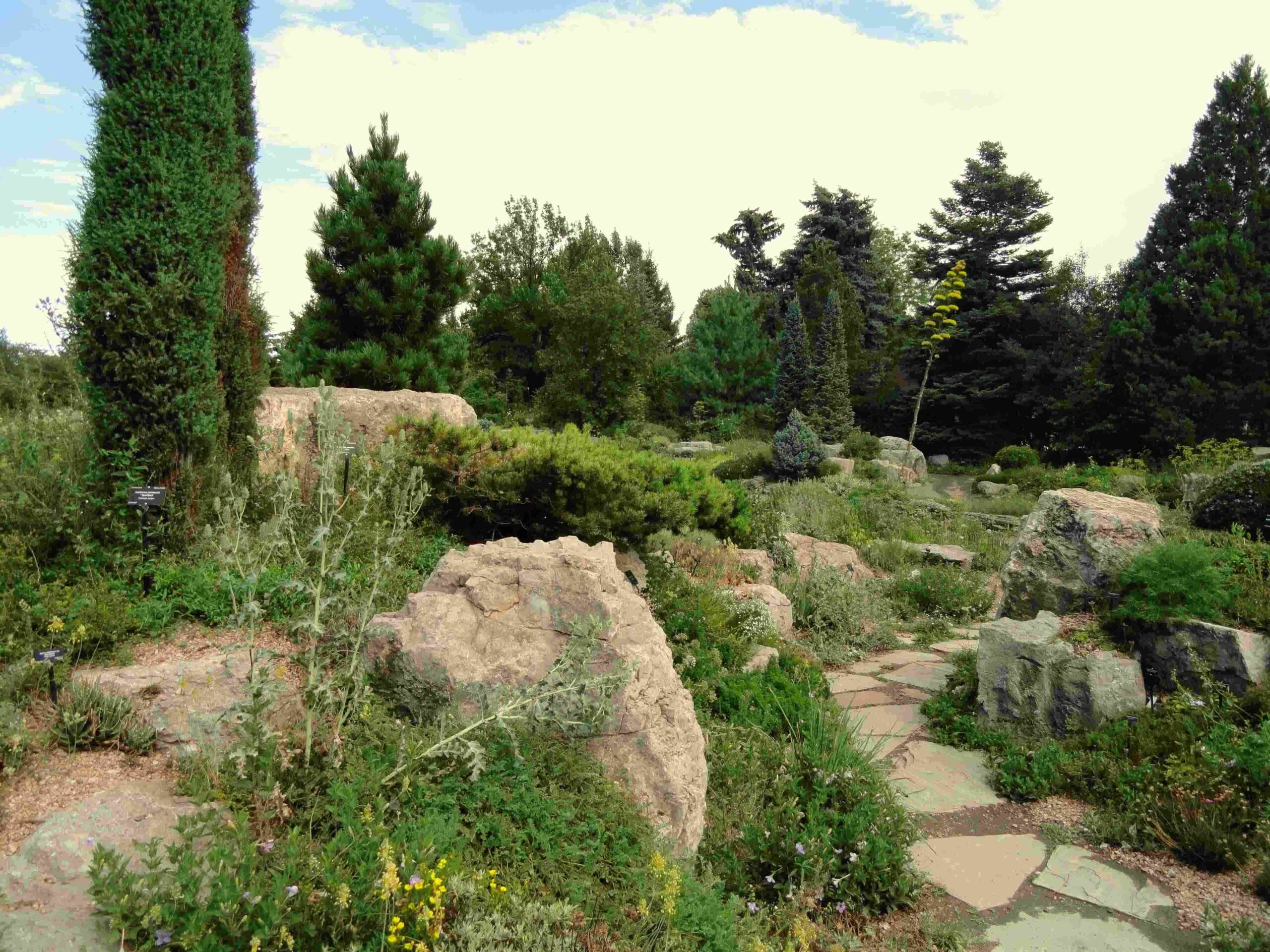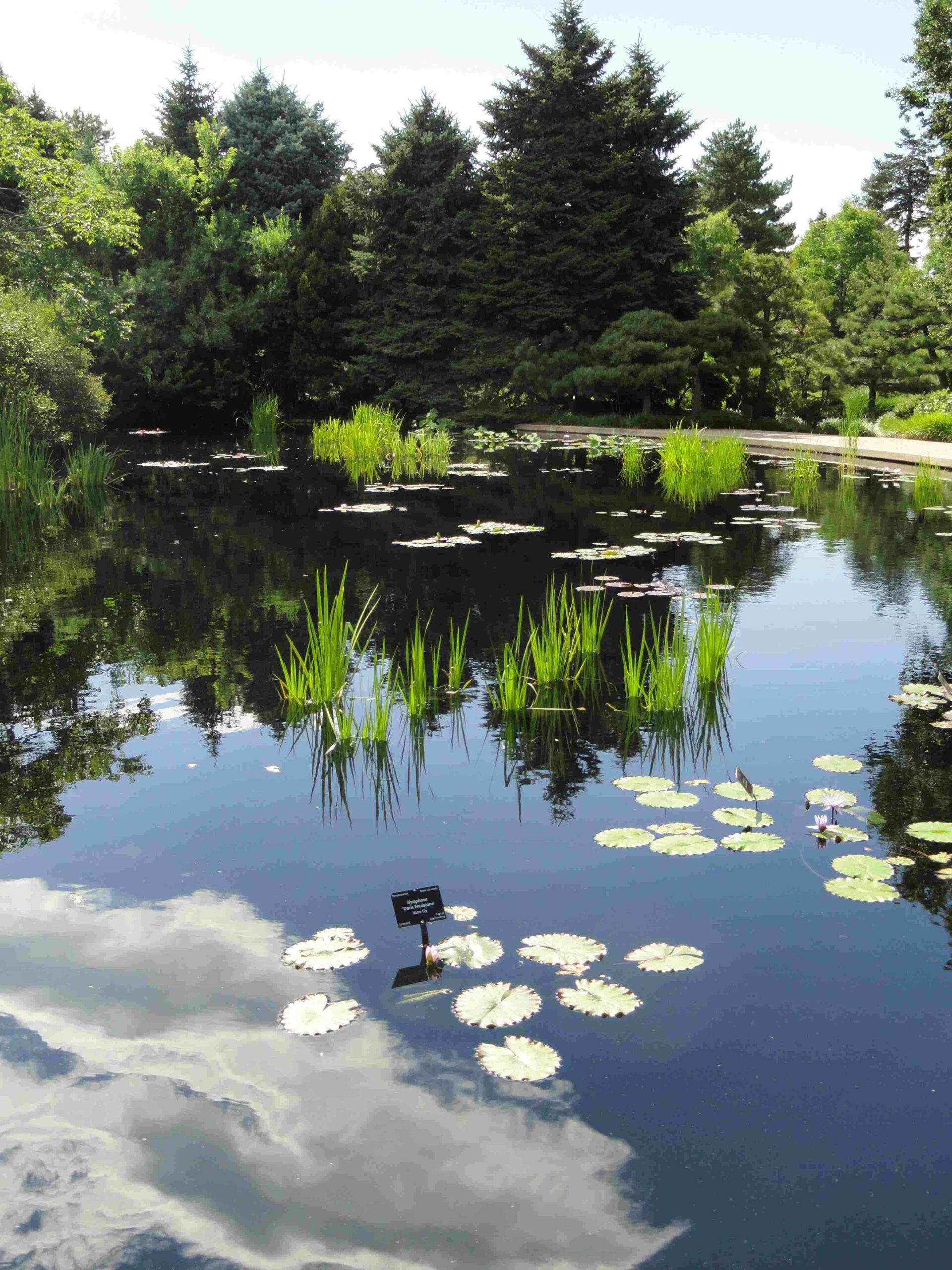The Denver Botanic Gardens, particularly at Chatfield Farms, offers a wealth of knowledge on lavender cultivation suitable for Colorado’s climate. Their recommendations focus on English Lavender and Lavandin varieties, known for their hardiness and aromatic qualities. The gardens showcase these plants during peak bloom in mid-July, coinciding with their annual Lavender Festival. Visitors can explore diverse lavender varieties, learn cultivation techniques, and enjoy the sensory experience of a thriving lavender garden.
What Are the Top Lavender Varieties Recommended by Denver Botanic Gardens?

Denver Botanic Gardens recommends several lavender varieties that thrive in Colorado’s climate:
- Lavandula angustifolia (English Lavender)
- ‘Hidcote Pink’
- ‘Faire Pink’
- ‘Munstead’
-
‘Maillette’
-
Lavandula x intermedia (Lavandin)
- ‘Riverina Thomas’
- ‘Super’
- ‘Edelweiss’
These varieties are chosen for their:
– Cold hardiness
– Aromatic qualities
– Essential oil production
– Culinary uses (especially English Lavender)
English Lavender is prized for its sweet, floral scent, while Lavandin offers a stronger, more herbal aroma due to higher camphor content.
When Is the Best Time to Visit Denver Botanic Gardens for Lavender?

The optimal time to experience lavender at Denver Botanic Gardens is:
- Peak Bloom: Mid-July
- Lavender Festival: Annually in mid-July (2024 dates: July 20-21)
During peak bloom, visitors can enjoy:
– Maximum visual appeal
– Strongest fragrances
– Guided walking tours
– Educational demonstrations
– Live music and vendors (during the festival)
What Are the Key Lavender Gardening Tips from Denver Botanic Gardens?
Denver Botanic Gardens provides essential advice for successful lavender cultivation:
- Soil Requirements
- Well-drained, lean rocky soils
-
Ideal for dry Colorado landscapes
-
Watering Schedule
- Initial establishment: Good watering
-
Post-establishment: Low water needs
-
Maintenance
- Annual spring trimming (reduce by 1/3)
-
Ensure good air circulation
-
Pest Management
- Focus on plant health through proper care
- Regular maintenance to prevent issues
How Does Denver Botanic Gardens Cater to Visitors Interested in Lavender?
Denver Botanic Gardens enhances the visitor experience through:
- Accessibility
- Designated parking near Lavender Garden
-
Accessible paths and facilities
-
Educational Opportunities
- Guided walking tours
-
Demonstrations during Lavender Festival
-
Sensory Experiences
- Diverse lavender varieties to observe and smell
-
Culinary and aromatic applications showcased
-
Annual Events
- Lavender Festival with activities for all ages
- Seasonal bloom schedules for optimal viewing
What Makes Denver Botanic Gardens’ Lavender Collection Unique?
The lavender collection at Denver Botanic Gardens stands out due to:
- Climate-Specific Selections
- Varieties chosen for Colorado’s unique environment
-
Demonstration of xeriscape principles
-
Diverse Cultivars
- Range from English Lavender to Lavandin hybrids
-
Showcase of different colors, sizes, and fragrances
-
Research and Education
- Ongoing studies on lavender cultivation techniques
-
Public education through tours and festivals
-
Integration with Local Culture
- Promotion of lavender as a suitable plant for local gardens
- Connection to Colorado’s agricultural heritage
How Can Visitors Apply Denver Botanic Gardens’ Lavender Recommendations at Home?
Visitors can implement the gardens’ lavender expertise in their own spaces:
- Variety Selection
- Choose from recommended cultivars proven in Colorado climate
-
Consider space, intended use (ornamental, culinary, aromatic)
-
Planting Techniques
- Replicate well-draining soil conditions
-
Follow spacing guidelines for proper air circulation
-
Water Conservation
- Implement xeric gardening principles
-
Establish proper watering routines based on plant maturity
-
Maintenance Schedule
- Adopt annual pruning practices
-
Monitor for pests and adjust care as needed
-
Harvesting and Use
- Learn optimal times and methods for harvesting
- Explore culinary and aromatic applications demonstrated at the gardens
What Future Developments Are Planned for Denver Botanic Gardens’ Lavender Program?
While specific future plans are not detailed in the available sources, potential developments could include:
- Expansion of Lavender Varieties
- Introduction of new cultivars suitable for changing climate conditions
-
Experimental plots for emerging lavender hybrids
-
Enhanced Visitor Experiences
- Augmented reality tours highlighting lavender information
-
Interactive workshops on lavender cultivation and use
-
Research Initiatives
- Studies on lavender’s adaptation to urban environments
-
Collaboration with local universities on lavender genetics and breeding programs
-
Community Outreach
- Expanded educational programs for home gardeners
- Partnerships with local lavender farms for knowledge exchange
By following these recommendations and insights from Denver Botanic Gardens, lavender enthusiasts can create thriving, aromatic spaces that celebrate this versatile and beloved plant. The gardens serve as a living laboratory, demonstrating best practices for lavender cultivation in Colorado’s unique climate and inspiring visitors to incorporate these beautiful and fragrant plants into their own landscapes.
References:
1. https://www.botanicgardens.org/blog/july-walking-tour-lavender-garden
2. https://www.botanicgardens.org/blog/july-walking-tour-chatfield-farms-lavender-collection
3. https://www.botanicgardens.org/chatfield-farms/gardens-west

